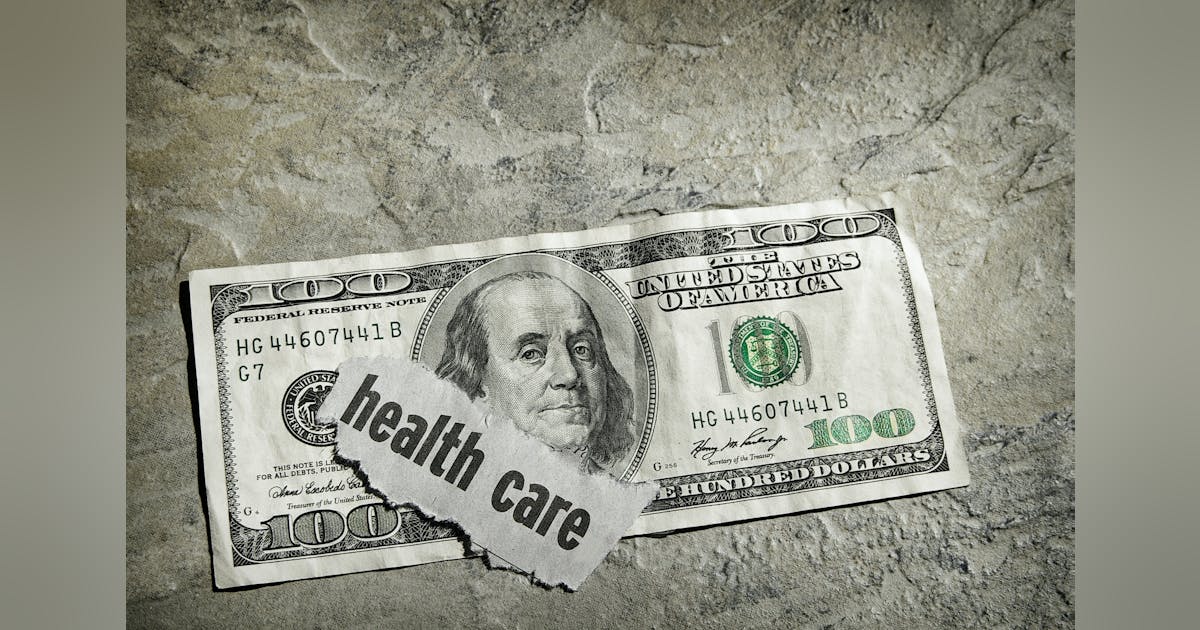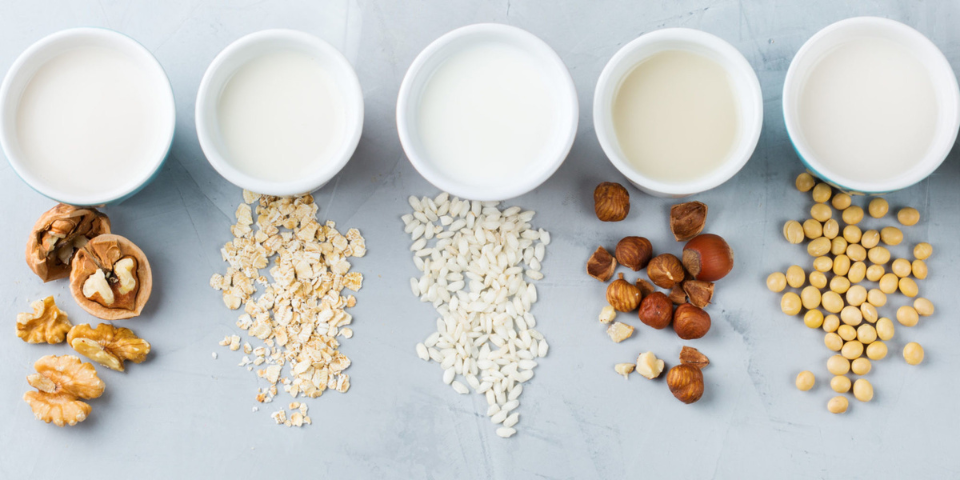
In 2022, U.S. health care spending rose 4.1 percent to $4.5 trillion, or $13,493 per person (with per capita growth of 3.7 percent), according to an analysis from the Office of the Actuary of the Centers for Medicare and Medicaid Services (CMS).
The results, published online by Health Affairs, indicate that in 2022, strong growth in Medicaid and private health insurance spending was offset by continued declines in supplemental funding from the federal government associated with the COVID-19 pandemic. Overall, health spending growth in 2022 was faster than the 3.2 percent growth in 2021, but much slower than the 10.6 percent rate in 2020.
The report notes that healthcare spending growth of 4.1 percent in 2022 was much slower than nominal gross domestic product (GDP) growth, which rose 9.1 percent. In 2022, the share of the economy devoted to health care spending, as measured by GDP, fell to 17.3 percent, down from both 18.2 percent in 2021 and the highest share in history in 19 .5 percent in 2020. , national health spending grew by 3.7 percent.
Total healthcare spending growth in 2022 reflected a slowdown in personal healthcare spending (goods and services) that was more than offset by faster growth in non-personal healthcare spending. The slowdown in personal health care spending was due to slower growth in spending on hospital care (from 4.5 percent in 2021 to 2.2 percent in 2022), dental services (from 18.2 percent in 2021 to 0.3 percent in 2022) and medical and clinical services. (from 5.3 percent in 2021 to 2.7 percent in 2022). Non-personal healthcare spending accelerated in 2022 due largely to a change in the net cost of insurance.
Spending on Medicaid and private health insurance also influenced health care spending growth in 2022. Medicaid spending increased 9.6 percent in 2022 after growth of 9.4 percent in 2021 and 9.6 percent in 2021. .3 percent in 2020. During 2019-22, cumulative Medicaid spending increased 31 percent. or 9.4 percent annually on average, with enrollment accounting for most of the growth, increasing 24.6 percent. Private health insurance spending increased 5.9 percent in 2022 after a 6.3 percent increase in 2021 and a 0.8 percent decrease in 2020.
“Health care spending since 2020 has reflected volatile patterns associated with the COVID-19 pandemic and the federal government’s response to the public health emergency,” said Micah Hartman, a statistician in the CMS Office of the Actuary and first author of the Health Affairs article. in a sentence. “Health care spending growth in 2022 of 4.1 percent was more consistent with the pre-pandemic average annual growth rate of 4.4 percent during the 2016-19 period. It remains to be seen how future healthcare spending trends will materialize, as trends are expected to be driven more by health-specific factors such as drug-specific price inflation, utilization, and intensity of care. health care and the demographic impacts associated with the continued enrollment of baby boomers in Medicare.”
The number of uninsured people decreased for the third year in a row, from 28.5 million in 2021 to 26.6 million in 2022, as the insured share of the population rose to 92.0 percent, an all-time high. Marketplace enrollment increased by 1.7 million people in 2022, and employer-sponsored insurance enrollment increased by 1.5 million people, representing 86 percent of total private health insurance enrollment and the 88 percent of spending. Medicaid enrollment increased by 6.1 million people in 2022. (However, at least 11,967,000 Medicaid enrollees have been disenrolled as of Dec. 7, 2023, according to the most recent data from all 50 states and the District of Columbia, according to KFF).
Retail spending on prescription drugs reached $405.9 billion in 2022 and accounted for 9 percent of overall health spending. Retail prescription drug spending growth was 8.4 percent in 2022, faster than the 6.8 percent growth in 2021. The increase in retail prescription drug spending growth was due to several factors, including faster growth in utilization and pricing, as well as changes in mix. of purchased medications.







